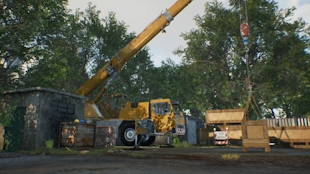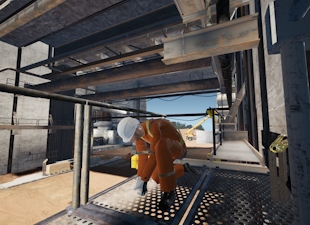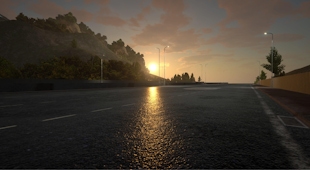

- Energy
- Work Authorisation Training
Work Authorisation Training
Module overview and features
The Work Authorisation and permit to work safety training emphasizes the importance of following proper work authorization procedures. Through engaging 3D simulations available on both VR and PC platforms, users navigate real-life scenarios, solving problems and interacting with the environment to internalize critical safety protocols. This approach ensures long-term retention of essential health and safety rules.
Smart reports to identify knowledge gaps, compliance, and performance.
Assign training by user, team, site, or contractor company.
Realistic characters and multilingual voice-overs in your required language.
Multi-platform accessibility: PC, mobile, VR, and classroom-ready.
Plug & play integration with any LMS or SCORM.
Prepare teams for real SIF risks with expert designed simulations.
What you’ll learn
Participants will learn to identify when a permit is required, understand the authorization process, and implement safety measures to control hazards effectively.
Learning objectives:
Recognize tasks that require a permit to work.
Understand the authorization process and ensure proper permissions are obtained.
Implement and verify hazard control measures before commencing work.
Conduct dynamic risk assessments, pausing and reassessing when conditions change.
Skills you’ll gain
Work authorization proficiency
Hazard identification and control
Dynamic risk assessment
Safety protocol adherence
Who is the training for?
Work authorisation training is crucial for on-site safety. This training is designed to equip workers with critical awareness and response strategies to minimize risks and prevent incidents.


Work authorisation compliance is prevalent across multiple industries. This training is ideal for professionals, frontline workers, supervisors, and contractors working in:

















